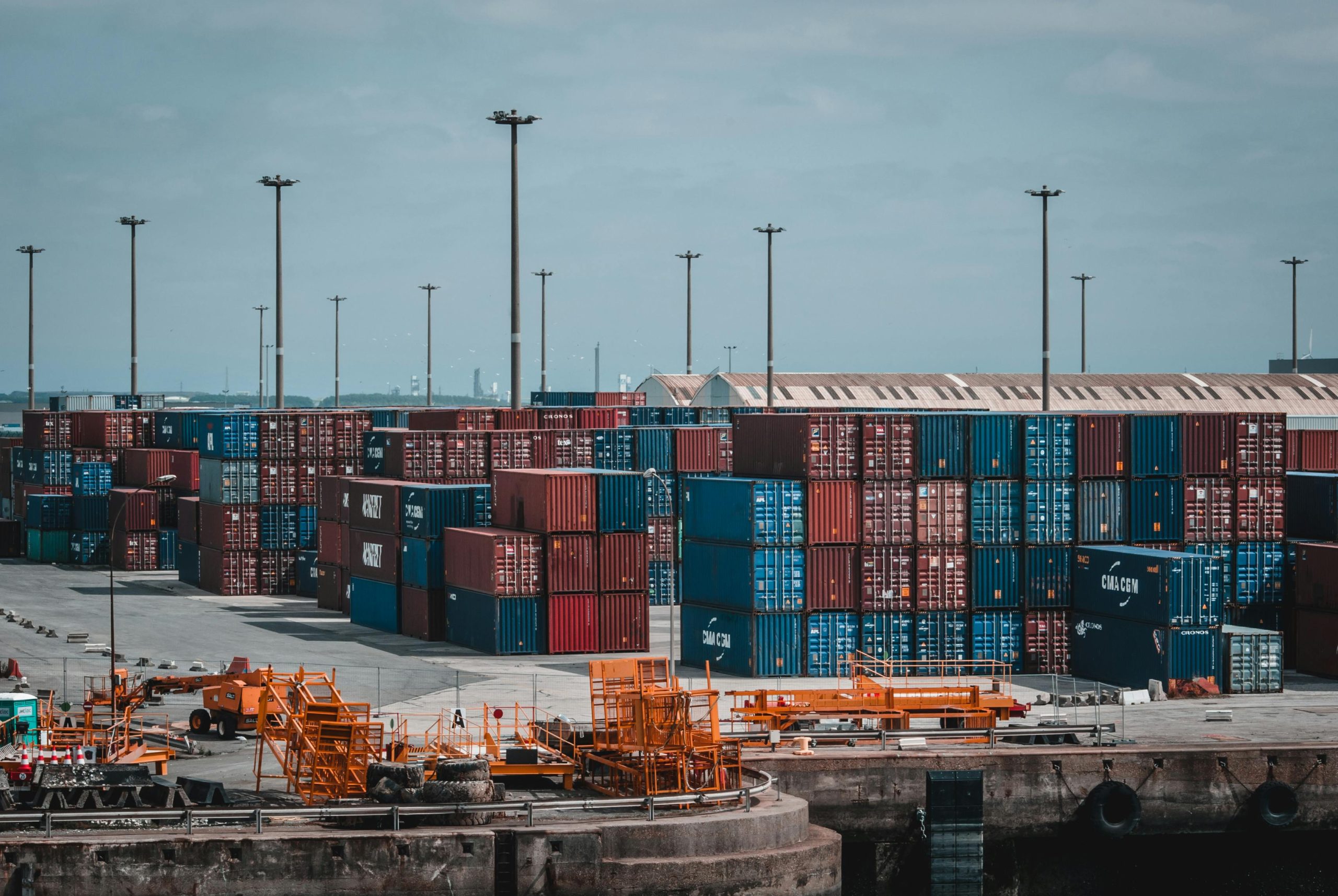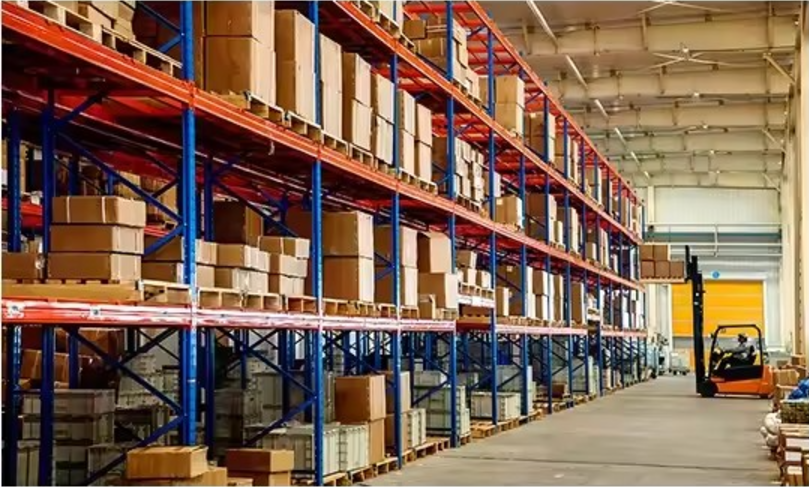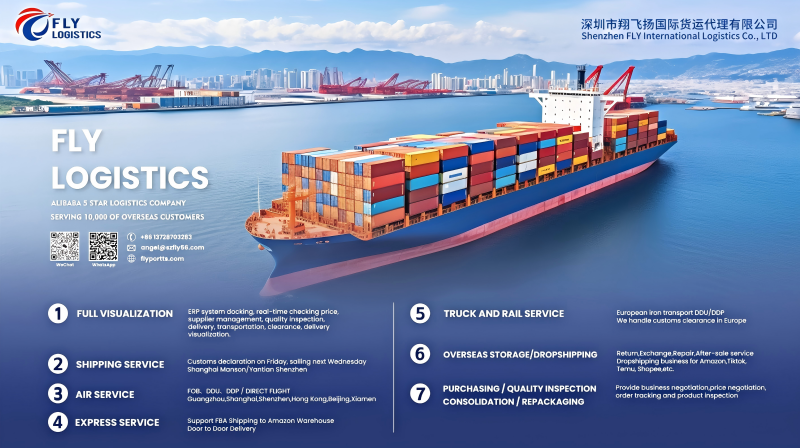Chinese New Year, also known as the Spring Festival, is one of the most significant cultural events in China and across many countries with large Chinese communities. In 2025, the Chinese New Year will fall on January 29, ushering in the Year of the Snake. This holiday is not only a time for family reunions and celebrations but also a period that significantly impacts supply chains and logistics worldwide. Understanding how to manage the challenges and seize the opportunities during this period is crucial for businesses that rely on Chinese suppliers or are involved in international trade with China.
The Impact of Chinese New Year on Supply Chains and Logistics
Chinese New Year is marked by widespread factory shutdowns, a mass migration of workers, and an overall reduction in production output. These changes can cause significant disruptions to supply chains that depend on timely shipments from China. During this period, businesses face several challenges:
- Factory Closures: Many factories in China close for an extended period, typically between one to two weeks, although some may shut down earlier and reopen later. This can result in a sudden halt in production for various industries, from electronics to textiles and beyond.
- Labor Shortages: As millions of migrant workers return to their hometowns to celebrate the holiday, the workforce in major manufacturing hubs like Guangdong, Zhejiang, and Jiangsu can dwindle, leading to slower production times and delays in fulfillment.
- Transportation Delays: Logistics services, including freight forwarding, trucking, and even ocean freight, experience delays due to the increased demand for transportation and the limited availability of workers. Cargo ships and trucks can also be delayed as a result of backlogs at ports and distribution centers.
- Increased Shipping Costs: With reduced transportation capacity, shipping rates can skyrocket during the weeks leading up to the holiday. Companies may find themselves competing for limited space on vessels, in air cargo, or on trucks, which could significantly increase costs.
- Stockpiling and Inventory Shortages: Businesses that fail to adequately prepare for the shutdowns may experience inventory shortages, which could lead to stockouts or missed sales opportunities.
- Customs and Clearance Delays: In some cases, customs procedures are slowed down as both government workers and private logistics operators take time off for the holiday. This can create delays at the ports and along the supply chain, especially for imports and exports from China.
Strategies for Maximizing Supply Chain Efficiency
Despite the inherent challenges of Chinese New Year, companies can take proactive steps to maximize supply chain and logistics efficiency. Proper planning and execution can help mitigate disruptions and capitalize on opportunities during this period.
- Plan and Forecast Early
The key to overcoming Chinese New Year disruptions is to plan. Businesses must understand that lead times will be longer before, during, and after the holiday. Here are some effective planning steps:
- Early Orders: Place orders well in advance of the Chinese New Year period to ensure factories have enough time to complete production before their shutdowns. For critical products, aim to finalize orders at least 4-6 weeks before the holiday begins.
- Demand Forecasting: Conduct thorough demand forecasting based on historical trends. Chinese New Year can create seasonal demand spikes, so it’s essential to forecast your sales during this period and adjust inventory levels accordingly.
- Supplier Communication: Stay in close communication with suppliers to confirm production timelines, availability, and shipping arrangements. Many factories have pre-defined holiday schedules, and knowing them will help businesses plan shipments more accurately.
- Alternative Sourcing: In case of delays or shortfalls, consider diversifying suppliers or seeking backup suppliers in other regions that may not be as affected by the holiday.
- Optimize Inventory Management
Effective inventory management is crucial in the weeks leading up to the Chinese New Year. Stockpiling ahead of the holiday is often necessary to maintain operations. Here’s how to manage inventory more effectively:
- Safety Stock: Maintain higher-than-usual stock levels of high-demand products before the holiday to cover potential delays. Establish a safety stock threshold based on sales data, considering lead times and historical disruptions caused by Chinese New Year.
- Inventory Visibility: Use inventory management software that provides real-time visibility into stock levels. This will help you make informed decisions about when to order and how much to order based on current stock and forecasted demand.
- JIT vs. Safety Stock: While just-in-time (JIT) inventory management is popular in many industries, Chinese New Year often requires a shift to a more conservative approach. Adjust your JIT strategy by increasing safety stock and planning for longer lead times.

- Leverage Technology for Supply Chain Visibility
Technology can provide valuable insights into the supply chain during Chinese New Year disruptions. By using advanced tools and software, businesses can better track shipments, monitor potential delays, and gain visibility into production schedules:
- Real-Time Tracking: Use real-time tracking systems to monitor the status of shipments. This helps identify potential bottlenecks early and allows you to take corrective action if necessary.
- Supply Chain Management (SCM) Software: Invest in cloud-based SCM platforms that integrate with suppliers, warehouses, and logistics providers to provide a holistic view of the supply chain. This visibility helps manage risks and improve decision-making.
- Automation and AI: Implement automation tools, such as automated ordering systems, and leverage artificial intelligence (AI) to predict potential disruptions based on historical data and trends. AI-powered systems can optimize scheduling and transportation routes, reducing the impact of delays.
- Diversify Your Logistics Providers
One of the best ways to mitigate the impact of logistics disruptions is to diversify your transportation and logistics partners. Relying on a single logistics provider can increase the risk of delays, especially during peak periods like the Chinese New Year. Here’s how to diversify your logistics:
- Multiple Freight Forwarders: Work with multiple freight forwarding companies to ensure you have flexibility if one provider experiences delays or issues during the holiday period.
- Air, Sea, and Land Options: Depending on the urgency and cost constraints, consider diversifying your transportation methods. If ocean freight is overly congested, air freight may be a viable alternative, albeit at a higher cost. Likewise, land-based options (trucking or rail) may provide a faster solution for short-distance shipments.
- Use of Overseas Warehouses: If your business is involved in e-commerce, consider utilizing overseas warehouse solutions. These facilities, especially those in regions such as Southeast Asia or Europe, can help stock products closer to end customers and reduce dependency on Chinese exports during the Chinese New Year period.
- Negotiate with Suppliers and Logistics Providers
In a period of heightened demand, negotiation becomes a critical tool to secure the best terms for supply chain operations. To maximize logistics efficiency:
- Lock in Contracts Early: Negotiate shipping contracts with your logistics providers well in advance. Early commitments can help you secure space on cargo ships or aircraft and avoid last-minute price hikes.
- Flexible Shipping Agreements: Ensure that your agreements include flexibility in case of delays. This might include the ability to reschedule shipments without significant penalties or additional costs.
- Volume Discounts: If your company anticipates higher demand around Chinese New Year, negotiate for volume discounts with your suppliers or logistics providers. By consolidating orders or shipments, you can secure better rates.
- Be Prepared for Post-Holiday Backlogs
After the holiday, businesses often experience a backlog as factories reopen, workers return to their positions, and transportation networks slowly return to normal. Here’s how to prepare for this period:
- Monitor Factory Reopenings: Understand the specific reopening dates for factories and plan for potential backlogs in production. Be proactive in placing orders early after the holiday to get back on track as quickly as possible.
- Plan for Increased Shipping Volumes: As factories resume production, shipping volumes may increase, leading to congestion at ports and logistics hubs. Be prepared for potential delays even after the holiday period has ended.
Conclusion
Chinese New Year 2025 presents a unique set of challenges for businesses involved in global supply chains, but with proactive planning, strategic partnerships, and effective technology use, these challenges can be mitigated. By forecasting demand, managing inventory, diversifying logistics providers, and maintaining open communication with suppliers, companies can ensure their operations continue to run smoothly during this festive season. Businesses that take the time to prepare in advance can make the most of the opportunities presented by Chinese New Year, ensuring efficiency, cost savings, and continued success in their global supply chain operations. To avoid large-scale container abandonment by shipping companies during the Spring Festival, please contact us as soon as possible and sign a space guarantee contract with us to ensure that your goods can be delivered on schedule.





